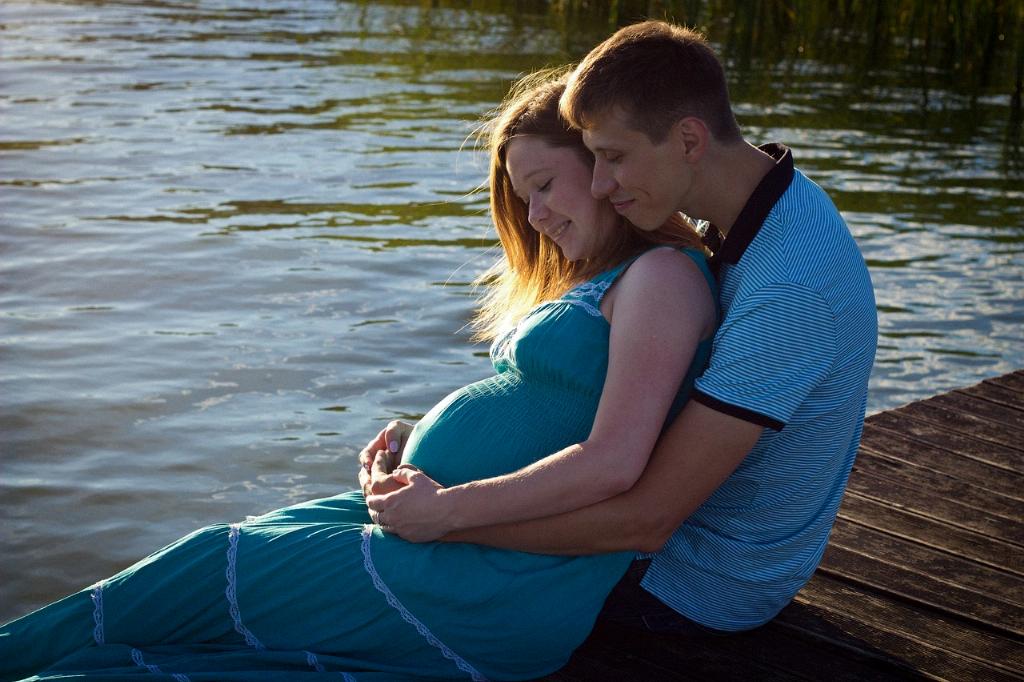Many expecting mothers may be curious about the possibility of having a baby bump as early as six weeks into their pregnancy. While the idea of sporting a noticeable bump that early on may seem exciting, it’s important to understand the nuances of pregnancy and how the body changes during this period.
At around 6 to 8 weeks, some women might experience weight gain, which can lead to a slight increase in abdominal size. However, it’s essential to note that this early ‘bump’ is often not directly attributed to the growing fetus but rather to factors like bloating and hormonal changes.
Abdominal bloating, commonly caused by hormonal fluctuations leading to fluid retention, can mimic the appearance of a baby bump in the early stages of pregnancy. This bloating is a common phenomenon and is typically more related to the body’s initial adjustments to pregnancy rather than actual fetal growth.
During the first trimester, the uterus is still positioned low in the pelvis and hasn’t grown significantly enough to cause a noticeable bump. The size of the uterus at six weeks is usually still contained within the pelvic area, making it unlikely for a baby bump to be visible externally at this early stage.
While every pregnancy is unique, and factors such as body type and muscle tone can influence the way a bump may appear, the general consensus among healthcare providers is that a prominent baby bump visible to others is unlikely at six weeks. It’s essential for expectant mothers to manage their expectations in terms of physical changes during this early phase.
For individuals eager to showcase their pregnancy and share the news with family and friends, it’s important to remember that each woman’s body responds differently to pregnancy. Some may start showing earlier than others, but a significant baby bump resembling the classic pregnancy silhouette is more expected in the second trimester and beyond.
Additionally, factors such as the number of previous pregnancies, the strength of the abdominal muscles, and individual body shape can impact how quickly a bump becomes noticeable. Women who have been pregnant before may find that their muscles and ligaments have already stretched, allowing for an earlier bump appearance.
As the pregnancy progresses and the uterus grows larger, typically around the 12 to 16-week mark, the baby bump becomes more pronounced and noticeable. This is when many expectant mothers feel a sense of excitement as their growing belly becomes a tangible sign of the life developing within them.
It’s essential for women to focus on taking care of themselves and their developing baby during these early weeks, regardless of whether a visible bump is present. Proper nutrition, prenatal care, and emotional well-being are crucial aspects of a healthy pregnancy journey, irrespective of external appearances.
In conclusion, while abdominal bloating and slight weight gain may lead to a fuller appearance around the midsection at 6 weeks, a true baby bump that is visibly evident to others is rare at this early stage of pregnancy. Embracing the gradual changes that come with each trimester and celebrating the growth of new life within are essential parts of the beautiful experience of pregnancy.
Ultimately, the journey of pregnancy is a unique and individual process for each woman, and the pace at which physical changes occur can vary widely. Understanding the nuances of early pregnancy development can help expectant mothers navigate this transformative time with knowledge and confidence.

